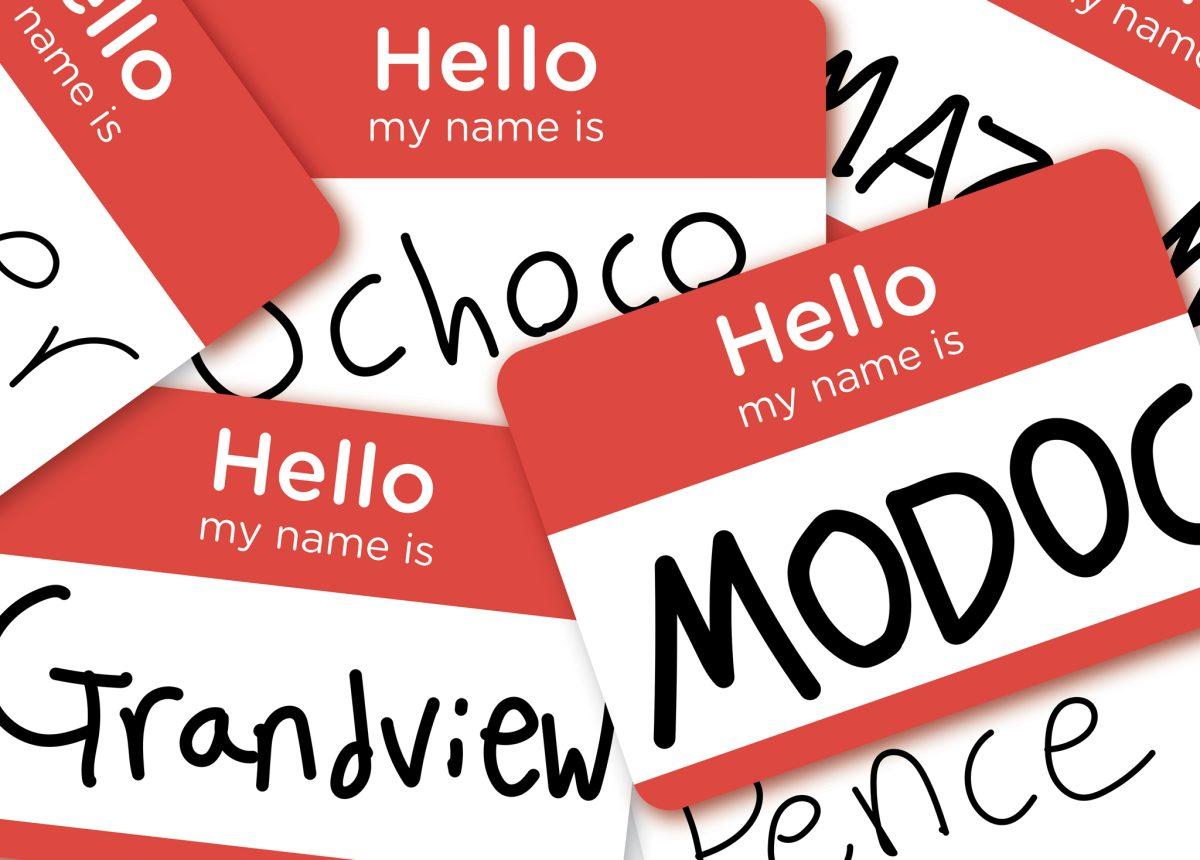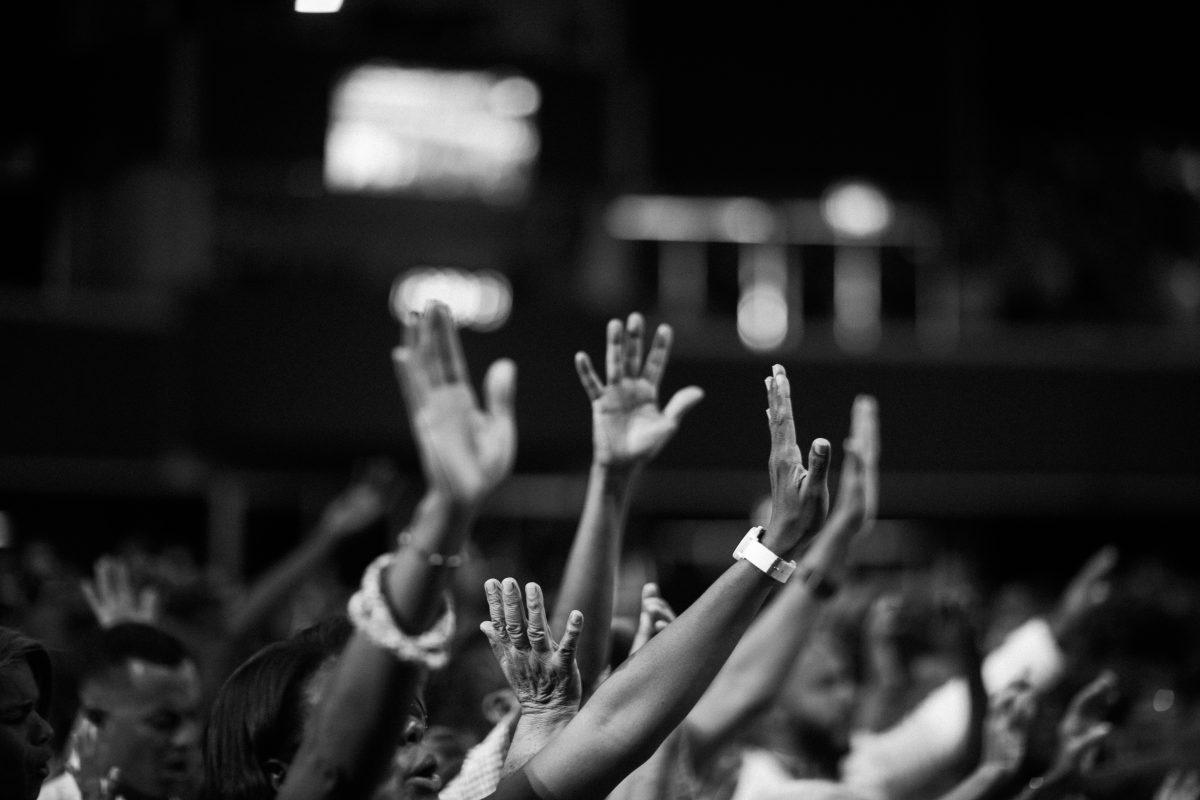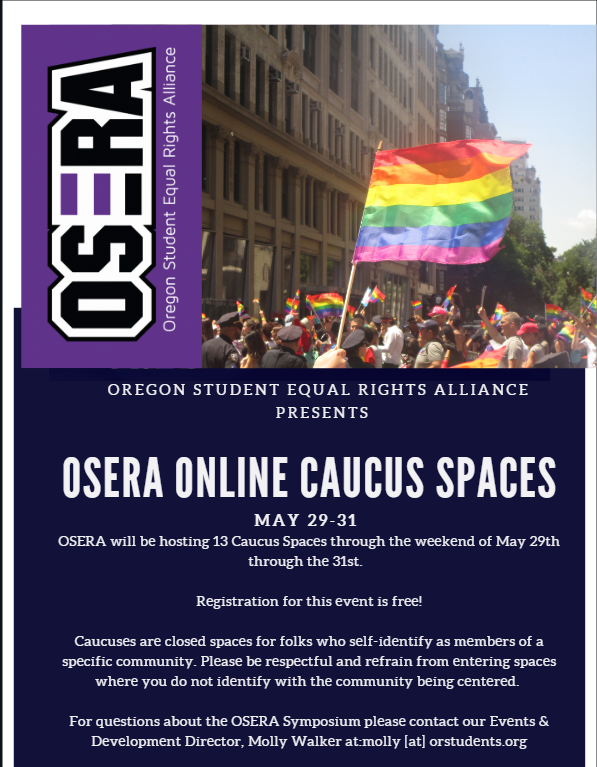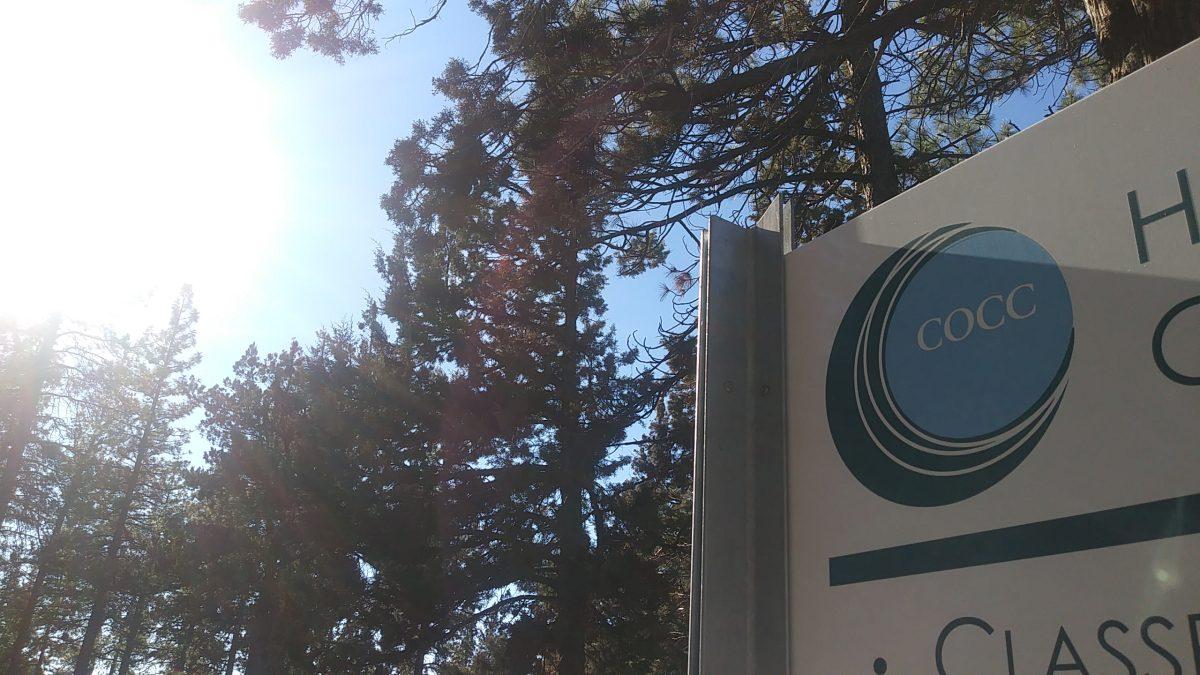By Adam Case| The Broadside (Contact: [email protected])
Walking around the campus, have you ever wondered, ‘Why is the campus center named Coats?’
This and any other questions about the names of buildings on campus can be answered by Ron Paradis. Paradis, executive director of College Relations, has given presentations in the past explaining how and why the buildings receive their titles.
Student Zachiary Mickelson said he wondered about the significance of the building names.
Some of the campus structures do have a story, though. The school’s official policy for naming the buildings, GP 9-9, stated that the names of buildings are decided by the board of directors and should be named after major geographic features, facility function, persons involved with the college, or persons involved with the state of Oregon. The board may change a building’s name if appropriate. Smaller rooms and spaces around the college may be named after people living or dead.
Many of the buildings around campus pose self-explanatory. Juniper and Ponderosa are named after trees, Deschutes and Metolius for the rivers, and Jefferson and Cascades for mountains.
Mazama was the former name of the volcano which collapsed into a caldera, now known as Crater Lake. Ochoco is named after a forest north of Prineville. Modoc is named after the forest and the Native American tribe between Southern Oregon and California.
Central Oregon Community College’s residence hall, first constructed in 2015, received its new name as Wickiup hall in 2017. Wickiup is named after the nearby water reservoir and can refer to Native American shelters.
The names of some of the campus’ buildings are given in honor of esteemed members of COCC’s history. The school’s first president Don Pence, who served from 1957 to 1967 has the Pence hall named after him. The auditorium connected to Pence Hall, the Pinckney center for the arts, was named after Orde Pinckney, who was the dean of the arts and instructor of speech and political science from 1955 to 1990.
Boyle Education Center was named after the college’s second president, Frederick H. Boyle, who held the position from 1967 to 1990. The Boyle Education center was originally named Deschutes, but was renamed after Boyle’s passing. The third president, Robert L. Barber, served from 1990 to 2004 and the campus library was named for him.
The Coats Family donated 140 acres of land to the college in 1961 and the Campus Center was named in their honor after their passing.
Some of the buildings have more miscellaneous reasons behind their names. Grandview is the name of a nearby ghost town, just southwest of Madras. Pioneer’s name is in tribute to Oregon’s famed settler history and the Oregon Trail.
Chandler Lab, which is not specifically located on any proper COCC campus, also has a different origin of its name. It is located near the Bend campus on Awbrey butte on NW Trenton Avenue. The building formerly belonged to the US Forest Service and was donated from them to the college, the same year an esteemed publisher of The Bulletin, Robert W. Chandler, passed away. Oregon Senator Mark Hatfield requested that the college name the building in his honor.
The Science Center and the Health Careers Center, both of which built in the last decade, are lacking in the names. According to Paradis, these buildings may receive names in the future, but the board of directors often postpone giving a building a unique name until a later time.
Mickelson sarcastically suggests titling the Health Careers Center as “Place-for-massages-and-Mannequins” and the Science Center “Chemicals.” Another student, Abel Malone says, “I’d name it Abel-land.” What would you name them? ■








